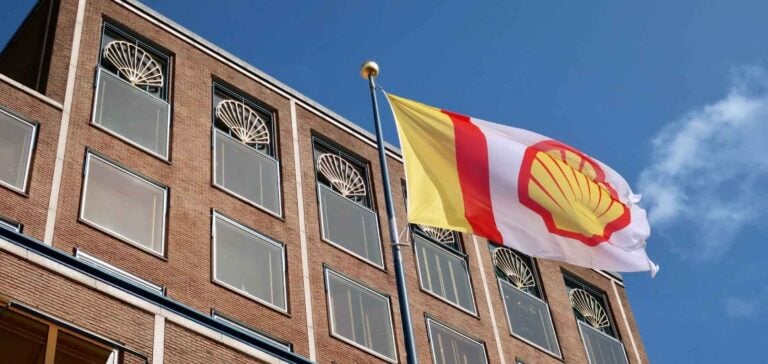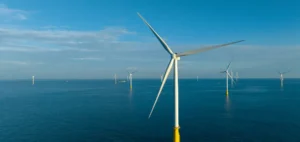Shell, a major player in the British oil and gas industry, has announced its decision to stop initiating new offshore wind projects. This strategic repositioning aims to optimize the profitability of its current renewable energy platforms while remaining open to selective participation in projects that demonstrate clear commercial value.
A Shell spokesperson stated, “We will focus on maximizing the value of our existing platforms and consider investment opportunities only if they offer a compelling economic case.” This shift reflects a focus on projects deemed more profitable in the short term, at the expense of expanding offshore wind initiatives.
A shift to hydrocarbons under scrutiny
This strategic evolution follows a trend among other major industry players, such as BP, which have revised their climate commitments. Shell has increased its activities in oil and gas, drawing criticism from environmental activists who view this decision as a step backward in combating climate change.
In August, Shell announced the elimination of hundreds of jobs in its oil and gas exploration units as part of a broader cost-reduction program. This restructuring also included cuts to divisions associated with renewable energy, reinforcing perceptions of a gradual disengagement from this sector.
A strategic alliance with Equinor
Despite scaling back ambitions in offshore wind, Shell continues to strengthen its strategic assets in other areas. The company recently announced a merger of its UK operations with those of Equinor, a Norwegian energy firm. This partnership will create a new entity equally owned by both companies, aiming to become the largest independent producer operating in the UK waters of the North Sea.
This strategic alignment allows Shell and Equinor to consolidate their positions in a competitive market while pooling resources. This initiative reflects both companies’ intent to maximize their operational capacities in a region rich in oil and gas resources.





















